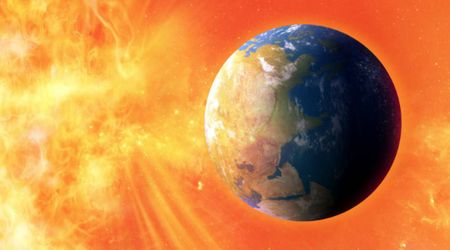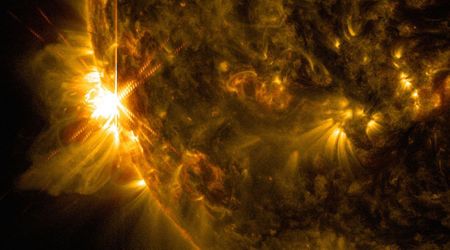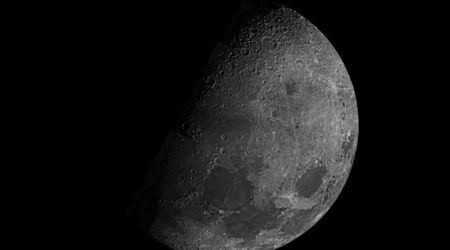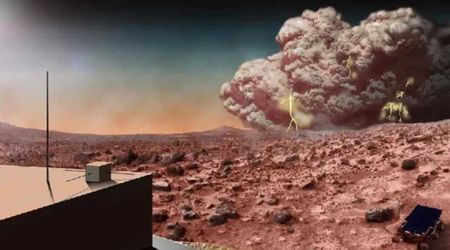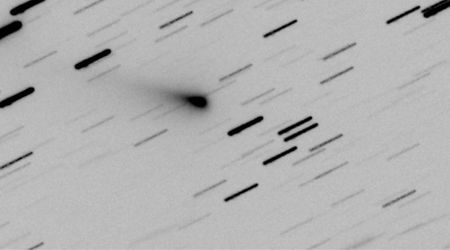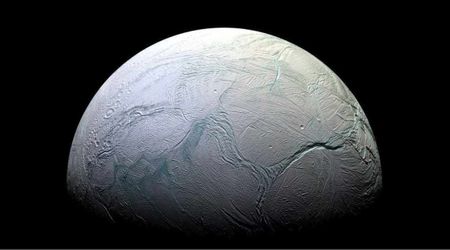NASA's super pressure balloon successfully made lapse over New Zealand

Launched under NASA’s 2025 New Zealand Super Pressure Balloon Campaign, the second scientific balloon flight hovered over the country, successfully collecting the data. This test flight remained in the sky for five more hours on May 8, 2025, before the zonal winds drove it towards the east, per NASA. It was expected to follow a trajectory around the Southern Hemisphere’s mid-latitudes. The balloon’s health and forecast trajectory will be monitored to evaluate its safety before initiating land overflight. If the weather complies, the balloon’s flight will be visible from land, with the best sights at sunrise and sunset.

“The balloon has been performing well, and we are continuing to gather more data and information on the performance of the balloon system,” stated Andrew Hamilton, the deputy chief of NASA’s Balloon Program Office at the agency’s Wallops Flight Facility in Virginia. He also highlighted how New Zealand was an ideal location to conduct this program and test. The location allows the balloon to stay longer in the stratosphere and circle the globe. The Columbia Scientific Balloon Facility (CSBF) also provides real-time tracking of the balloon’s path.

The first scientific balloon flight lifted from Wānaka Airport, New Zealand, at 10:44 a.m. New Zealand Standard Time (NZST), Thursday, April 17 (6:44 p.m., Wednesday, April 16, 2025, in U.S. Eastern Time). This balloon, which was 18.8 million cubic feet, was tasked with a 100-day mission to travel the mid-latitudes of the Southern Hemisphere, per NASA. It was the sixth attempt of the super-pressure balloon flight, as it kept getting cancelled due to the weather. Once the balloon was fully inflated and floating, it was released for flight, given that the wind flow was light and directional.

Winds should be aligned at ground level and around 1,000 feet above the surface before launch. The intended altitude for the balloon to float was around 110,000 feet, and the team also monitored the stratospheric wind conditions. According to NASA, the second flight lifted off from Wānaka Airport, New Zealand, at 11:38 a.m. NZST, Sunday, May 4 (7:38 p.m., Saturday, May 3 in U.S. Eastern Time). This scientific balloon followed the same pattern of tests and required similar weather conditions for a successful launch into the atmosphere.

The balloon was spotted by various residents across the country and was also initially mistaken to be a UFO. “I first saw it in the reflection of my window, then I realized it was not the moon, I just had to capture it,” a resident stated, according to Stuff. “It looked like a pale green disc with glowing edges, but someone else told me they thought it looked like a bubble. It caused quite a stir. Someone else must have seen it,” another local commented about the balloon. As the balloon had a volume of 532,000 cubic metres, it was the size of Dunedin’s Forsyth-Barr Stadium in New Zealand.

The NASA Super Pressure Balloon is filled with a measured and specific amount of helium lifting gas. As the balloon’s altitude increases, the atmospheric pressure goes down and the helium expands, according to NASA. Considering the mass of its payload, the balloon is meant to fly at a specific pressure altitude. The scientific payload stays in the atmosphere for longer with a balanced pressure variation during the day and night. It allows in-depth research and analysis compared to usual alternatives, and the data is more accurate and comprehensive.
